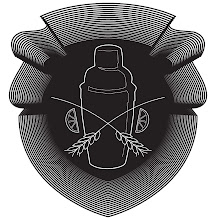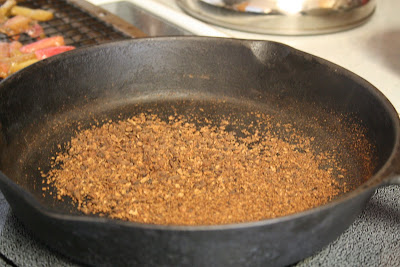Okay, I think with this post we officially enter the realm of cocktail geekdom, a land flowing with milk and honey, or at least fine bourbon and small batch gin. A few days ago I read an article on cookingissues.com about a technique known as nitrogen cavitation, which uses pressurized nitrogen to instantly infuse flavours into spirits. I'm no chemist, but here is my basic understanding of what occurs: using a soda syphon, nitrogen is forced into the cavities of the solid matter. Then, when the nitrogen is quickly vented from the canister, the cells erupt, releasing their flavour, which is absorbed by the liquid medium.
I imagine it to be something like this memorable scene from Total Recall, where Arnold's head almost explodes from his years of steroid abuse.
After reading this great article, I had to try the process for myself. Fortunately, I was already planning a tiki night with some friends and was in need of some Falernum, a lime and clove infusion, which would serve as the perfect test for the cavitation method.
I infused a mixture of lime zest, fresh ginger, crushed nutmeg, allspice, and cloves into Flor de Cana Extra Dry White Rum. The ingredients were added to my syphon, I charged a canister of nitrogen into the syphon, then swirled the mixture for one minute before quickly venting off the gas.
 |
| Hario pour-over brewer doing double duty |
The Golden Wave
1 part Flor de Cana Dry White Rum
1/2 part Cointreau
1/2 part homemade falernum
1 part fresh pineapple juice
3/4 part fresh lemon juice
Blend with plenty of crushed ice
Garnish with loads of mint,
pineapple, cherries,
and for that extra touch of class...an orchid.
This tiki extravaganza was created in 1969 by Jose "Joe" Yateo, head bartender of California's China Trader restaurant. The drink earned him first prize at that year's International Bartender's Guild competition.


















